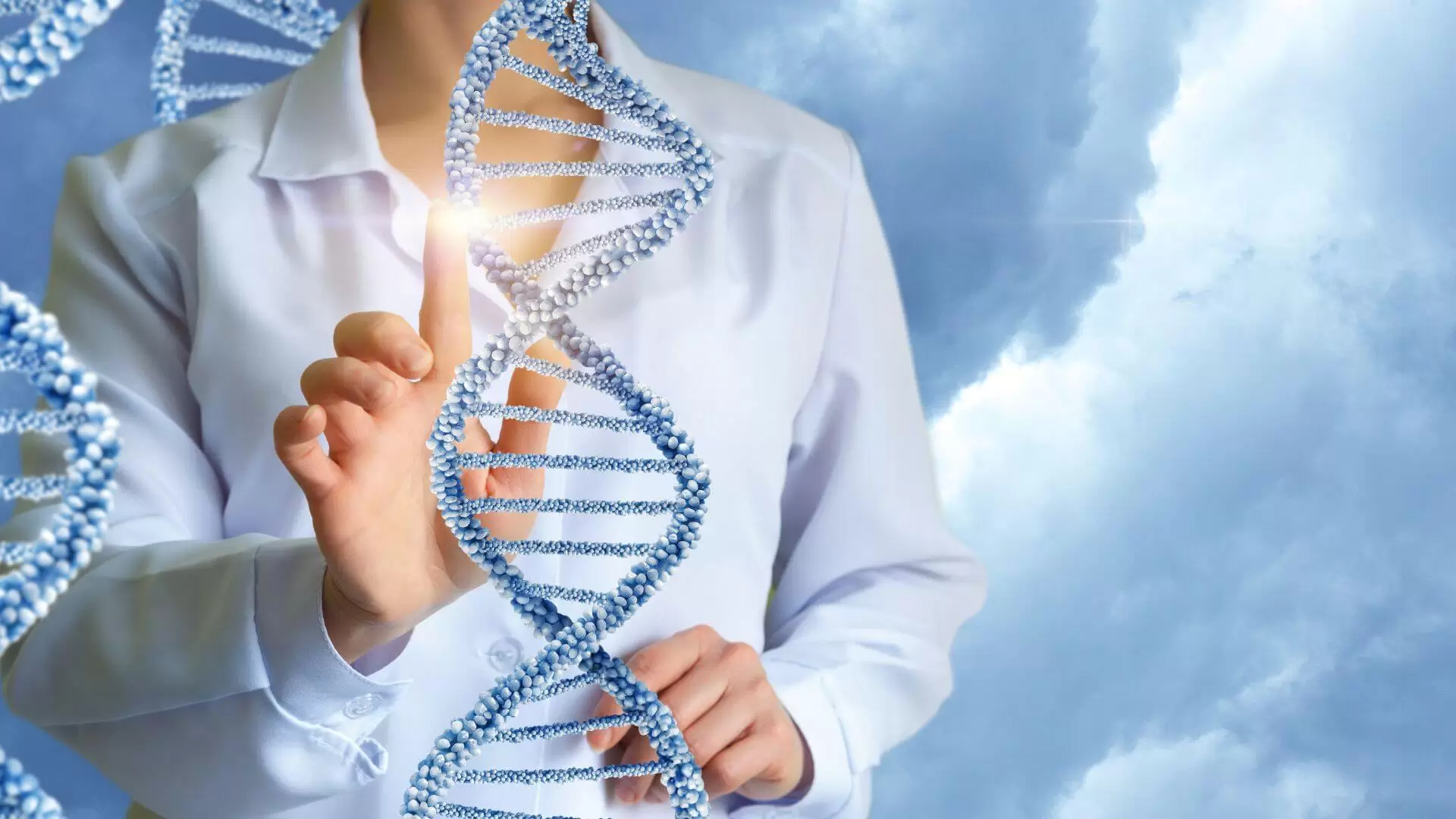The skin cells of the scalp become encased in the cement produced by the female lice when they attach their eggs or nits.
Lice have accompanied the human being since almost its origins: there are studies that affirm that, six million years ago, these insects already infested the hominids that evolved into what we are today. They also progressed with us, adapting to new species and circumstances. Proof of this is the finding of these annoying ‘tenants’ in different mummified remains, including a human head dating from 10,000 BC. C; or nits on corpses that lived seven millennia ago found in a cave in Israel.
But although in life they were a nuisance, these little intruders have become an opportunity over time. For the first time, scientists have managed to rescue human DNA from the ‘glue’ that lice expel to adhere their eggs (or nits) to the hair of their ‘victims’.
And, in addition, with an incredible quality: it had the same concentration that is usually observed in old teeth, twice that of bone remains, and four times more than that recovered from the blood of much more recent lice. The results have just been published in the journal ‘ Molecular Biology and Evolution ‘.
“Something similar to what happens in ‘Jurassic Park’, the fictional film in which we were told that DNA was locked inside mosquitoes captured in amber, we have shown that valuable genetic information can be preserved thanks to the sticky substance produced by lice to stick their nits to the hair. But not only that: the biology of lice can also provide valuable clues about how people lived and died thousands of years ago, “explains Alejandra Perotti, associate professor of invertebrate biology at the University of Reading, who led the research.
The study was led by the University of Reading, and by researchers from the National University of San Juan (Argentina), the University of Bangor (Wales), the Museum of Natural History of the University of Oxford, and the University of Copenhagen (Denmark) analyze nits from mummified remains from pre- Columbian America that are between 1,500 and 2,000 years old.
Human DNA has been perfectly preserved in the substance that females leave behind to lay their eggs, and that encased the scalp cells of their host’s thousands of years ago. From there, information was extracted that made it possible to trace the steps of people who arrived two millennia ago in the Andes mountain range of the province of San Juan, in the center-west of Argentina. The team also studied nits on human hair used in textile from Chile and those on a shrunken head that originated from the ancient Jivaro people of Amazonian Ecuador.
From this genetic information, the team was able to elucidate the sex of each of the human hosts, as well as a genetic link between three of the mummies and indigenous people from the Amazon from 2,000 years ago, which implies that the original population – all human remains studied belong to mitochondrial lineages of the first settlers of South America – from the province of San Juan emigrated from the lands and jungles of the Amazon in the north of the continent (south of present-day Venezuela and Colombia).
In addition, the researchers found the oldest direct evidence of Merkel cell polyomavirus, which can cause a rare but very aggressive type of skin cancer. The fact that this virus was found here suggests that lice may be a transmission vector, according to the authors.
Morphological analysis of the nits also revealed that the mummies were likely exposed to extremely cold temperatures when they died, which could have been a factor in their demise. The proof was found in the proximity of the eggs to the scalp: lice depend on the heat of the host’s head to keep their offspring warm and, therefore, locate them closer to the scalp in cold environments.
A new source of DNA
Until now, ancient DNA has typically been extracted from dense skull bones or inside teeth, as these provide the best quality samples. But these pieces are not always available to the scientific community, since their analysis sometimes implies their deterioration or the opposition of indigenous populations. Rescuing the genetic information from the cement released by the lice would solve these problems. A new and less invasive window into the past.
“The demand for DNA samples from ancient human remains has increased in recent years as we seek to understand migration and diversity in ancient human populations. Lice have accompanied humans throughout their existence, so this new method could open the door to a gold mine of information about our ancestors while preserving unique specimens, “says Perotti.

